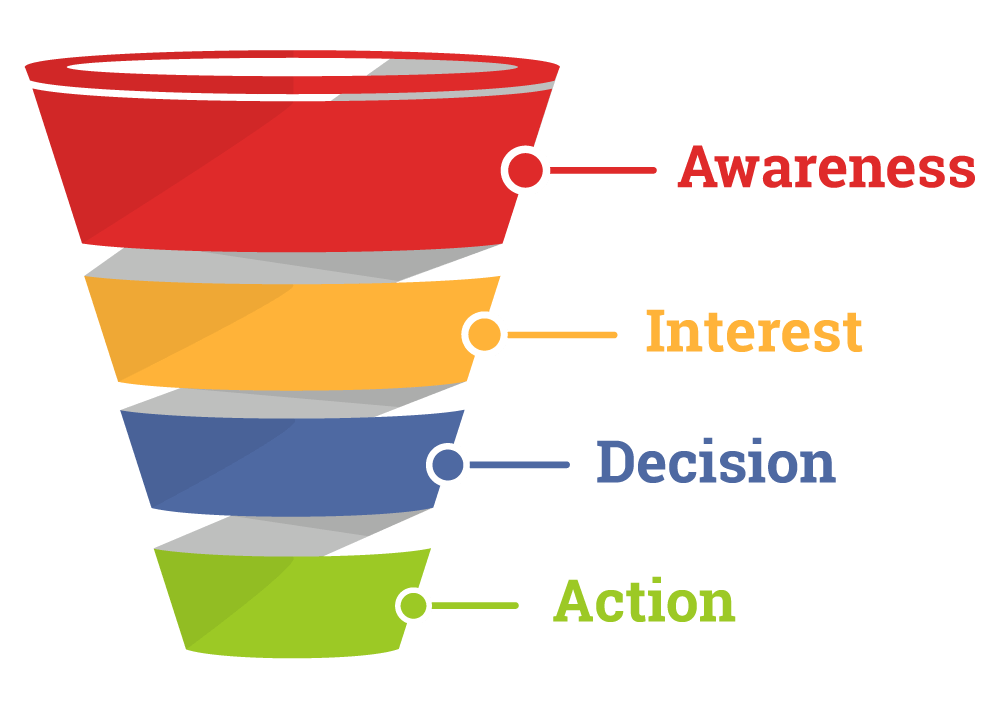It is almost impossible for anyone operating a small business these days to avoid two things if they want to continue growing awareness about their business:
- A good website; and
- A social media presence.
I'll leave what makes a good website for another article but this month I'll discuss your social media strategy.
Why do you need social media for your business? What will a social media presence do for you? How do you create an effective, but pragmatic, social media strategy to grow your business?
I have heard many people "of an age" (i.e. somewhat in middle-age like myself!) say proudly that they know nothing about social media. They think that it spreads, if not creates, a lot of current social ills like fake news and intolerant behaviour.
I don't disagree, but I can only say two things about creating and using a social media presence.
The first is that if any part of the demographics of your target market is between the ages of 18 to 64, the majority use social media. In January 2020 Sprout Social's study found that 79% of people aged between 18 to 49, and 68% of people between 50 and 64 are on Facebook. Just Facebook!
The second point is that Hootsuite found that there were 3.48 billion active social media users in the world in 2019, which grew by 288 million from the previous year.
Whether your business reaches out to the world through the internet or just serves your local population, these numbers show that even a slice of your local population will return with a substantial number of social media users.
So, you may think that social media is the worst thing for society since the Industrial Revolution, you cannot ignore it for the awareness and the marketing opportunity (read "reach") that it can give your business.
Why do you need a social media strategy in your business?
We have already touched on the most significant reason - it makes people aware of your business.
When we assess any marketing tool, we need to remember the sales funnel:

This basically shows the marketing journey of your target market prospects toward buying from you.
First, they need to be aware of your business.
Once they become aware (the way you notice something after you have seen it appear in front of you somewhere several times) you need to pique their interest.
Then you need to provide them with information or value that helps them to make a decision, and finally, you get them to take action and buy.
Your social media strategy can do all of this but let's start with awareness.
If you are on any social media, you will have noticed this, but let's just take Facebook.
First, it may show you pages that it thinks might interest you (from what you clicked on previously). You may have liked the posts that it showed you so you "liked" the post.
In time, after seeing more of those posts you may even have gone to the page and liked the page so that you could make sure you saw more of those posts.
That's awareness. Now you will remember the name of the business and what it does.
I won't go into all the details but social media (as part of an overall marketing plan and strategy) can also provide the other stages of the sales funnel - by providing "useful" and valuable information about how to solve your problems (creating interest); by targeting your demographic through ads that offer information about how their product can solve your problems just like they showed you to gain your interest and thereby provide the route to a decision; and then finally they show you ads that provide an easy "call to action" like "Learn More" or "Buy Now".
In one click, they have got you to take action.
So, how do you create your effective social media strategy?
But before we start let me re-emphasise what I said above - your social media strategy is just one marketing strategy and it must be part of a whole, cohesive marketing plan, finding and pouring prospects down the same sales funnel, and pushing them down the funnel.
Like anything else, there is a formula. Don't reinvent the wheel.
Here are the steps you can take.
- Learn about social media - use social media yourself to see how it works (just observe even if you don't post anything at first). Study relevant case studies and read practitioners' stories and advice from blogs and discover the latest trends.
- Prioritise your objectives - Do you want to improve customer engagement or enhance brand and product awareness? Is it a media to increase sales directly or just to increase your presence for another strategy to take over? Like anything else, focus on your objectives and avoid the shot-gun approach.
- Establish the management - identify the risks as well as the opportunities and set clear policies of what goes into your social media accounts and what does not, as well as policies around engaging in online debates.
- Define your activities - what will you use in social media, provide information? Use it as a communication platform? Define any phases in the use of social media and which platforms are best for you, then establish responsibilities and time commitment.
- Link your social media activities to offline or off-social media marketing activities - how do your prospects move seamlessly from social media to your other marketing activities (down the funnel)?
- If you don't have them, develop the capabilities - do you hire a contractor or use an existing staff member? Put in place the review and authorisation systems, as well as any monitoring and evaluation processes.
Once you move into the engagement phase where your social media post are gaining an audience and you are engaging with people make sure you constantly evaluate the effects.
Specifically, listen to what people are saying or posting.
Use some specialist social media measuring tools that will be appropriate for you. Many of them can be found in the social media platform itself but there are also paid-for apps like Hootsuite, Reddit Keyword Monitor, and Google Alerts.
Monitor to see what is being said about your business specifically, and your market generally and find key influencers in your market.
Listening will allow you to re-tune your strategy.
Then make sure that you engage in the conversation. Invite comments and engagement, reply to comments.
Provide relevant content that seems to be popular and engage with influencers without banging them on the head about your product.
And finally, refine your strategy based on the engagement. Make sure that you set relevant measures of success and then monitor them.
A good social media strategy is an essential tool in your marketing plan. It should be targeted at your target market and posts should be tailored accordingly, as well as designed to achieve the objectives of your social media strategy.
Ultimately they need to link to your other marketing activities so that the prospect sees a seamless journey from awareness to buying from you.
In today's world, with 3.48 billion people on social media and most of them in the "buying" age range, you cannot afford to stick your head in the sand.




